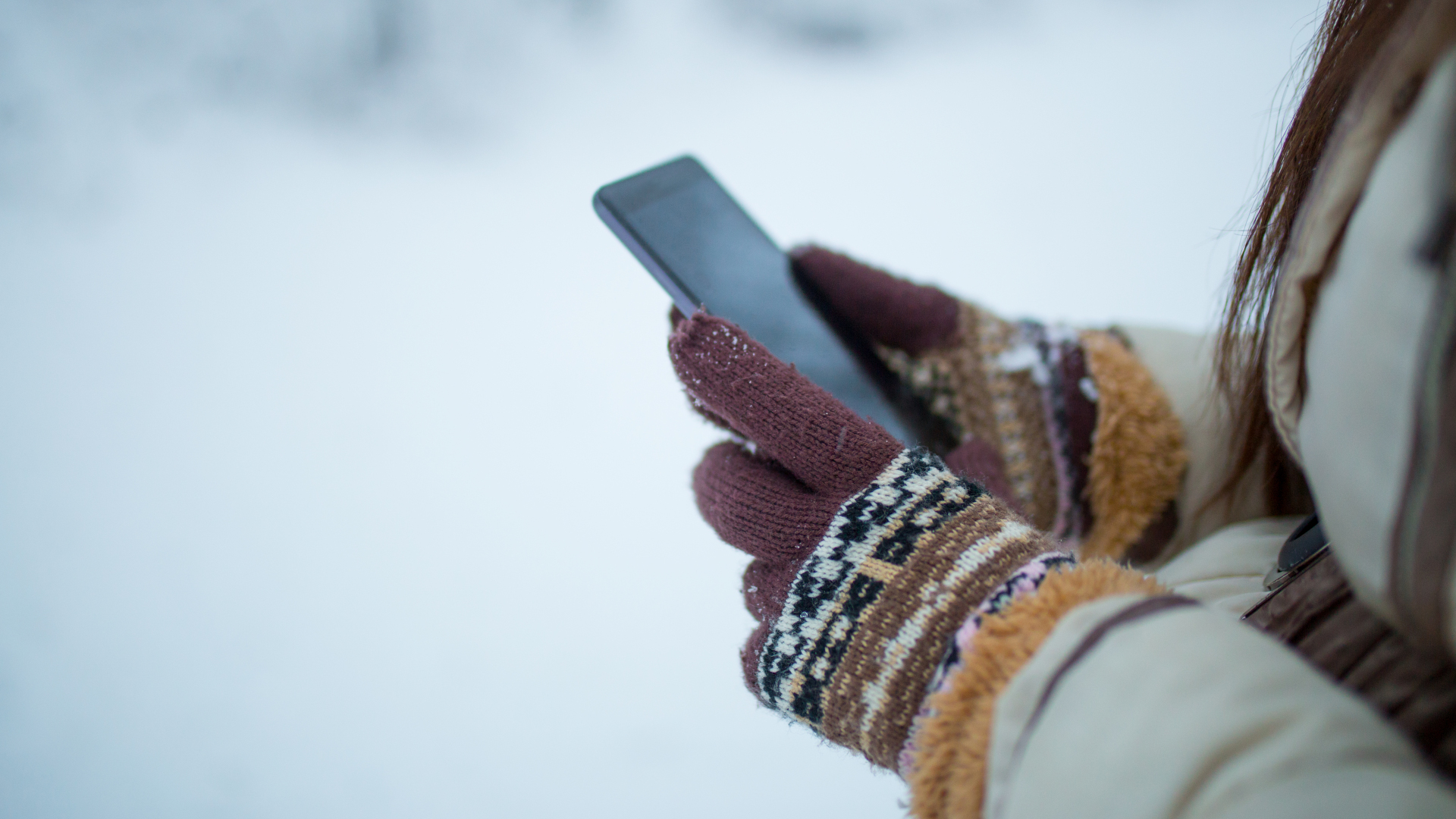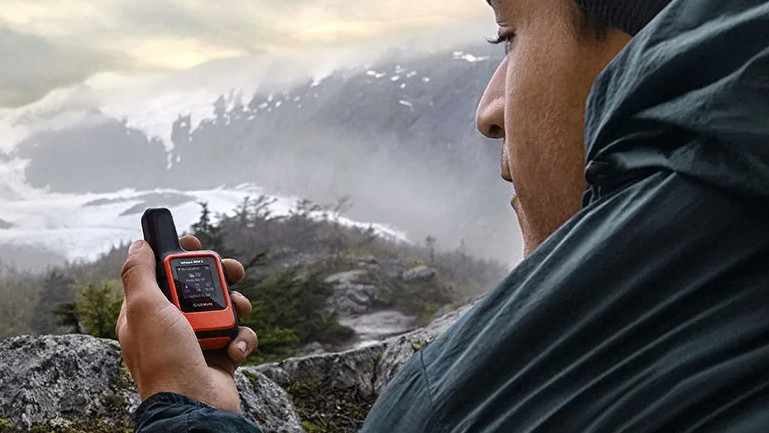
Two hikers suffering from altitude sickness on a New Mexico mountain managed to signal for help just before their cell phones died, prompting an eight-hour rescue mission.
According to a Facebook post by Cibola Search and Rescue, the hikers were on the popular La Luz trail in the Sandia Mountains east of Albuquerque on Monday. They reportedly reached the Sandia Crest, which forms the high point of the range at 10,678 feet in elevation but began to experience symptoms of altitude sickness upon their descent.
The hikers were able to communicate their circumstances to a friend before their phone batteries died, and the friend alerted mountain rescue. Just after 6 p.m., several emergency crews arrived at the scene, with one team descending from the peak, a second ascending from the trailhead and a further 20 volunteers combing side trails.
When the hikers were located, it was determined that one was unable to hike out on their own and was transported down the mountain on a wheeled stretcher. Both hikers were transported to the hospital and mission was completed at 2 a.m.
The Forest Service reports that the La Luz trail gains 3,200 vertical feet over 7.5 miles, warning that every year hikers are rescued from the trail, and some have lost their lives. In 2021, 20-year old Brandon Foster was found dead off the trail, just nine months after another man perished near the Crest. The Fores Services warns all hikers that they must be well-prepared physically and able to care for themselves in the event of a mishap and reminds hikers to know when to turn back, writing:
"You can also hike part of the trail. There is no rule that says you have to walk the whole trail. Use common sense when hiking. If you feel or think it is time to turn around, do so."

Backcountry safety at altitude
Altitude can do weird things to your body, and altitude sickness can strike without warning in elevations of over 8,000 feet, but it's more common among those who don't take time to acclimate. The best way to prevent altitude sickness is to take several days to adjust to new altitude before hiking or ascending higher. Learn more in our article on altitude sickness.
This case also highlights the importance of carrying reliable communications devices when venturing into the backcountry. Had these hikers' phones died sooner, or cell service been unavailable, they might have spent a long night on the mountain where overnight lows are currently around freezing.
The best method for communication is a satellite communicator such as the Garmin InReach device, which will hold a charge for weeks and work even when you don't have cell service as is often the case in the backcountry.
If you choose to rely on your phone, new iPhones have the SOS function which will work without service, but it's vital that you also carry a portable charger and charging cable. Learn more in our article on how to keep your phone charged on a hike.







